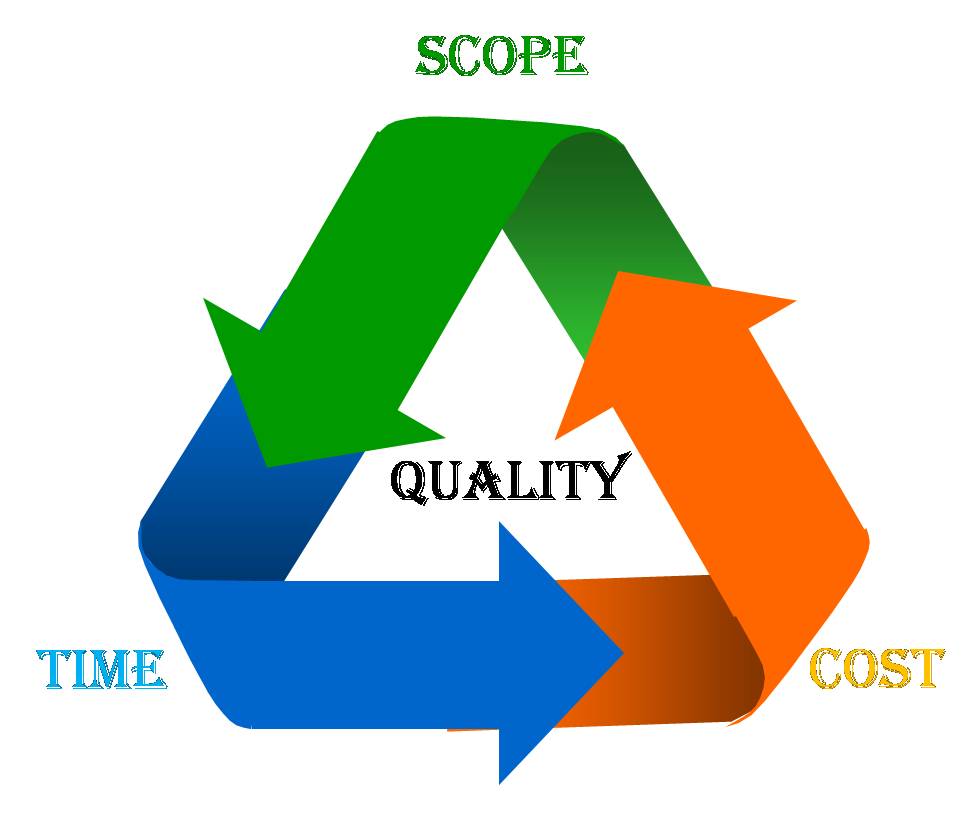5 Tips For Faster Construction Project Scheduling

Producing a project schedule can be a time-consuming and difficult task. However, without a schedule, your project won’t be successful. So how can you get started more quickly? Here are our top 5 tips for producing your project schedule faster.
Tip 1: Use templates
The fastest way to build your project schedule is to use a template. This is a sample, blank project schedule that you can edit to make it suitable for your current project. For example, you can use a template for a web project to get started if you are also managing a web project. This would include several of the key activities such as website design and testing. You could then add any additional tasks that are specific to your project. If you do use a templates, don’t forget to delete any tasks that are not relevant to your project.
Tip 2: Use task lists
If you have to build your project schedule from scratch, the best way to start is with a task list. You can even import task lists from other applications, which is useful if you have already started planning your project in a workshop or meeting. Remember to include all the tasks that you need to do to deliver the project, such as designing, building and testing deliverables as well as the tasks required to run the project, such as team meetings, the work required to produce documents and governance activities.
Tip 3: Allocate resources
Get your team working faster by using your project management tools to allocate tasks to them. You’ll avoid the need for lengthy meetings as they can pick up their assignments online, whenever is convenient for them. If you don’t know who should be working on which task, discuss it at a team meeting. Sometimes there will only be one suitable person, and sometimes you may have to ask for a volunteer! In the meantime, you can delegate the rest of the work to the team. Then they can get started on their activities and you won’t hold up any other project work.
Tip 4: Structure your schedule
Group similar tasks together to create workstreams. You can also build project phases by looking at where it is logical to split the work into time bound chunks. Add milestones to mark the end of significant elements of work. If your schedule is structured effectively, it will be much easier to use. As a result, you will spend less time producing it in the first place and less time keeping it up to date as the project progresses.
Tip 5: Track it regularly
One of the reasons that project scheduling can be so time-consuming is that project managers let their schedules get out of date. Updating a project schedule that reflects what happened several weeks ago can be a challenge, especially on projects that move quickly. It is much better to put aside some time each week to update your plan. You can keep on top of changes and make sure that your project team always has the correct view of current progress. Other project stakeholders will also find this useful.


